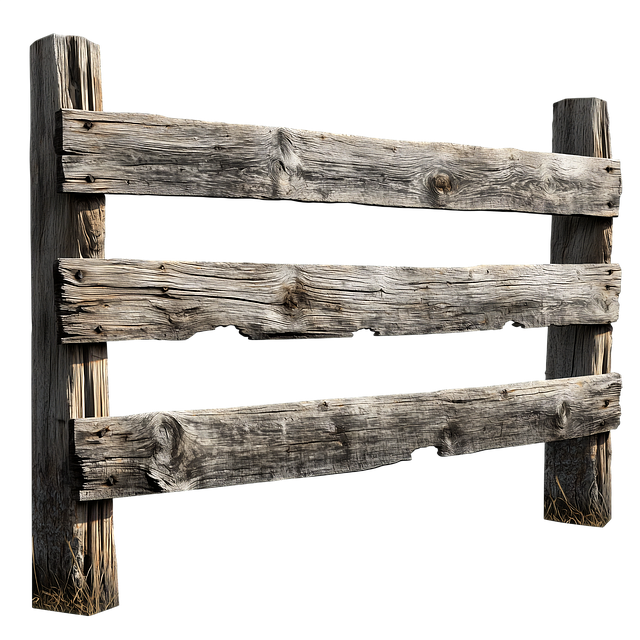New Bedford, with its rich history and diverse neighborhoods, often requires tailored fence solutions to enhance property values and security. This article guides you through understanding local fencing needs, selecting the perfect style and material for your New Bedford yard, mastering installation with a step-by-step guide, addressing common repair issues, and ensuring longevity through proper maintenance.
- Understanding New Bedford Fence Needs
- Choosing the Right Fence Style and Material
- Installation Process: Step-by-Step Guide
- Common Repair Issues and Solutions
- Maintenance Tips for Longevity
Understanding New Bedford Fence Needs
Fences play a vital role in any property’s landscape, offering both functional and aesthetic benefits. In New Bedford, homeowners often face unique challenges when it comes to fence maintenance due to varying weather conditions and local environmental factors. Understanding these needs is the first step towards effective repair and installation.
Whether it’s a wooden fence showing signs of rot or a metal one susceptible to corrosion, regular inspection is key. New Bedford’s climate requires specific care for different fence types—wooden fences might need seasonal treatments to prevent damage from moisture, while chain-link fences should be checked for any signs of wear and tear at the posts and connections. Identifying these needs early on can prevent minor issues from becoming major repairs, ensuring your fence remains a functional and attractive addition to your property.
Choosing the Right Fence Style and Material
Choosing the right fence style and material is a crucial step in ensuring your New Bedford fence repair or installation project meets both your aesthetic preferences and functional needs. Consider the purpose of your fence—is it for privacy, security, or purely decorative? Each serves a unique function and dictates different design choices. For instance, a solid wooden fence offers privacy but requires more maintenance, while a chain-link fence provides security with minimal upkeep.
Materials also play a significant role in durability and visual appeal. Wooden fences come in various types like cedar or pine, each with distinct colors and textures. Vinyl is low-maintenance and available in multiple styles, catering to diverse design tastes. Steel or iron fences offer timeless elegance but demand regular painting or coating for rust prevention. Selecting the right combination of style and material ensures your fence not only complements your landscape but also stands the test of time.
Installation Process: Step-by-Step Guide
The installation process for new fences begins with meticulous planning and preparation. It’s crucial to choose the right fence type, considering factors like material, design, and intended purpose. Once selected, clear the site of any debris or obstructions, ensuring a level surface for optimal fence performance.
Next, mark out the perimeter of your desired fence line using string and stakes. Dig holes at regular intervals to accommodate posts, following local building codes for depth and spacing guidelines. Install the posts securely in concrete, allowing adequate time for the concrete to set before proceeding. After the posts are in place, attach the fence panels or rails according to manufacturer instructions, creating a sturdy framework that will last for years.
Common Repair Issues and Solutions
Fences, despite their sturdy appearance, are subject to various wear and tear over time, leading to common repair issues. One frequent problem is broken or loose posts, which can be caused by shifting soil, extreme weather conditions, or simply age. The solution involves excavating the damaged post, replacing it with a new one, and ensuring proper anchoring to prevent future movement. Another typical issue is rusted or corroded fence panels, especially in areas with high moisture levels. Regular inspection and prompt replacement of affected sections can mitigate this problem.
Additionally, hinges and latches often require attention due to constant use and exposure to the elements. Lubrication and adjustment can extend their lifespan, while complete replacements may be necessary for severely damaged components. Cracks or holes in wooden fences are also common repairs, easily addressed with filler and paint to restore both functionality and aesthetics. Regular maintenance, including cleaning, painting, and inspecting, is key to preventing and addressing these issues proactively.
Maintenance Tips for Longevity
Regular maintenance is key to ensuring your new fence lasts for years to come. Start by inspecting it regularly, at least once a month during the warmer months and more frequently if it’s heavily used or in a high-traffic area. Keep an eye out for any signs of damage, such as broken or loose boards, rotten posts, or loose connections.
Addressing small issues early on can prevent them from escalating into major repairs. Clean your fence regularly to remove dirt, debris, and leaves that can contribute to rot and decay. Use a soft brush and mild detergent solution for pressure washing if needed, being careful not to damage the fence material. Lastly, apply a fresh coat of paint or sealant every few years to protect against the elements and maintain its aesthetic appeal.
